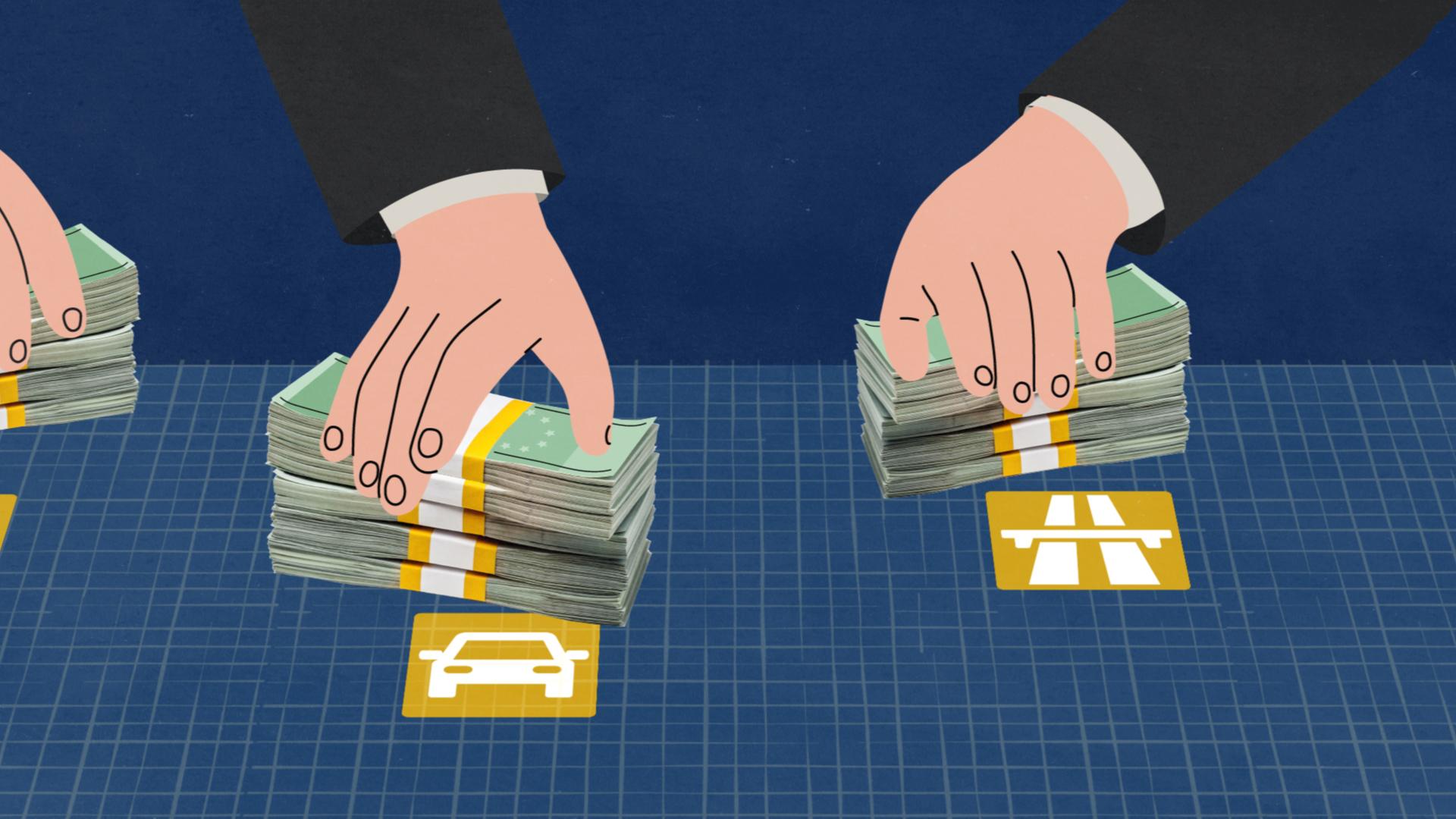Über EntgleistDie EU hat 2021 zum "Jahr der Schiene" erklärt. Aber die europäischen Eisenbahnen bilden nur einen Flickenteppich und haben kein gemeinsames Streckennetz. Die EU-Länder investieren immer noch deutlich mehr Geld in die Straße als in die Schiene, obwohl der Verkehr dringend klimaneutral werden muss.
Grenzüberschreitende Recherchen aus einem Europa im Wandel, in Ihrem Postfach.
Grenzüberschreitende Recherchen aus einem Europa im Wandel, in Ihrem Postfach.

